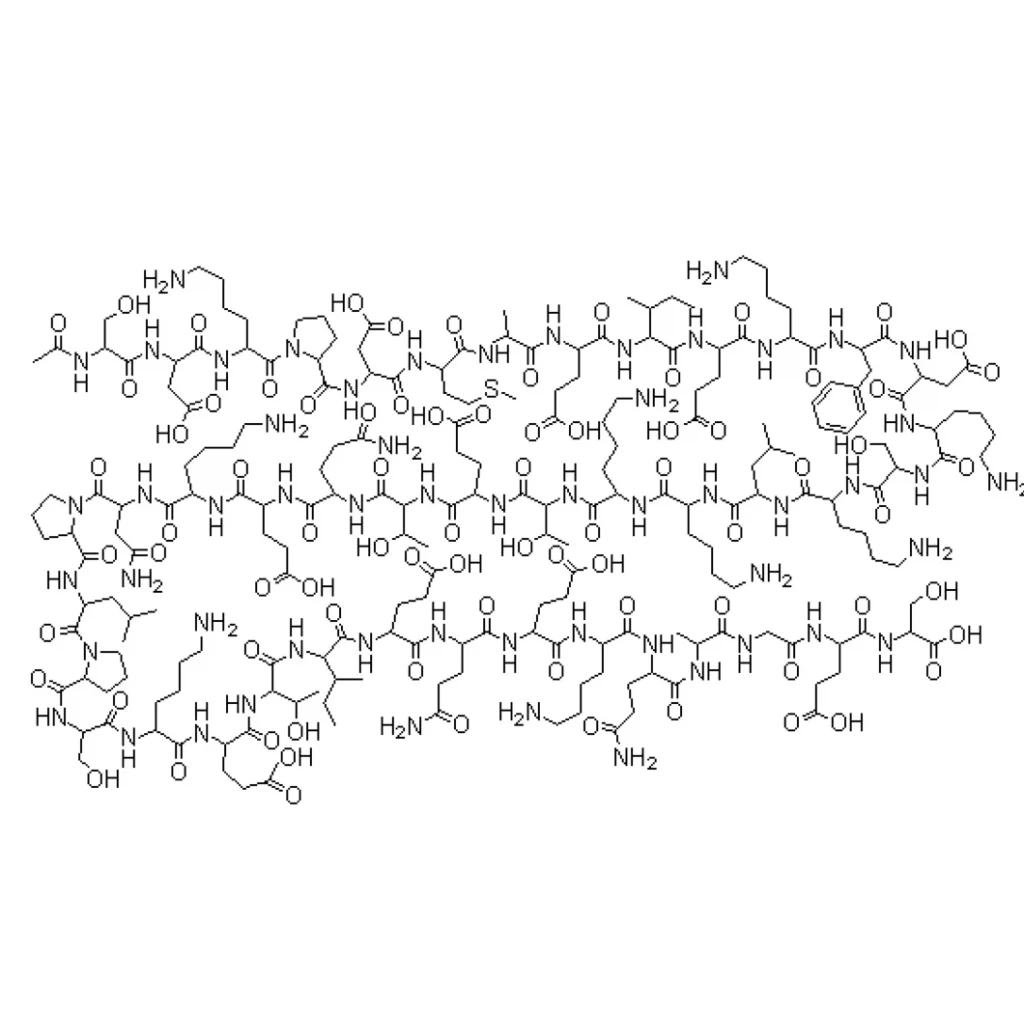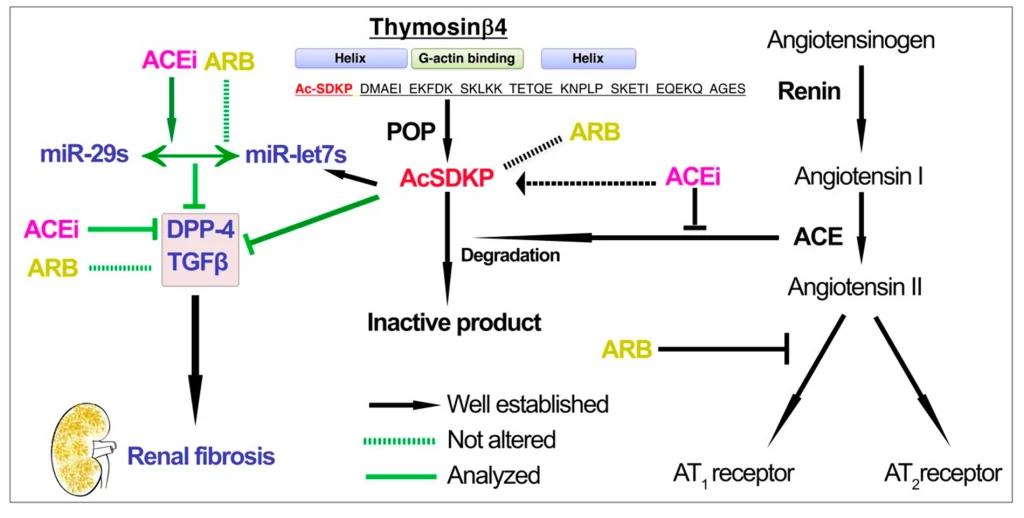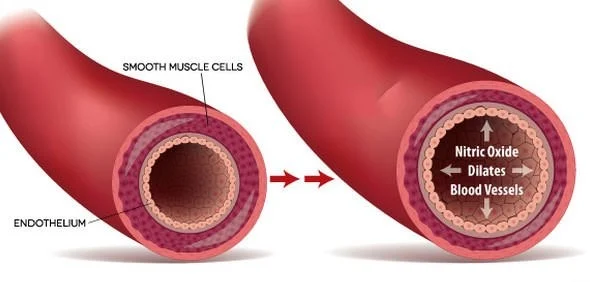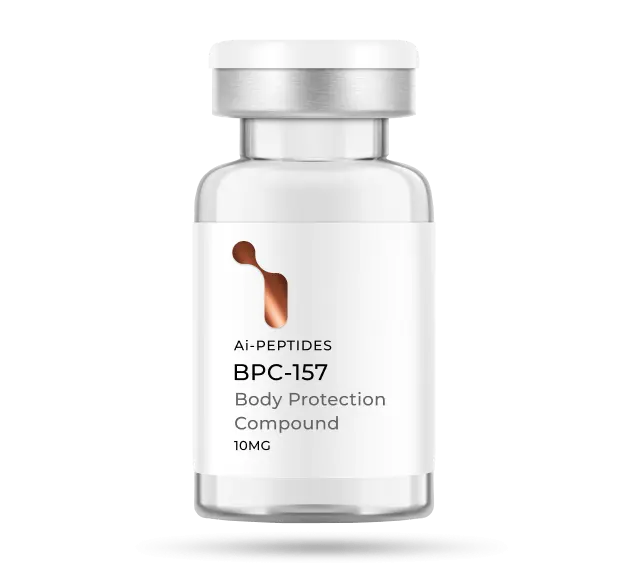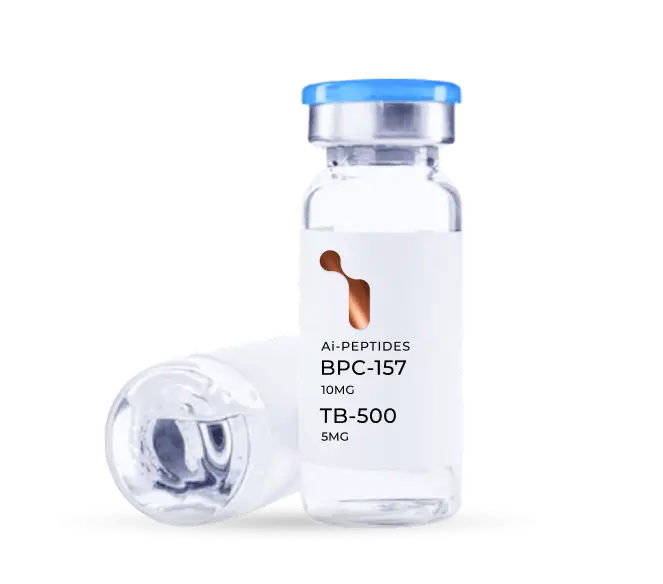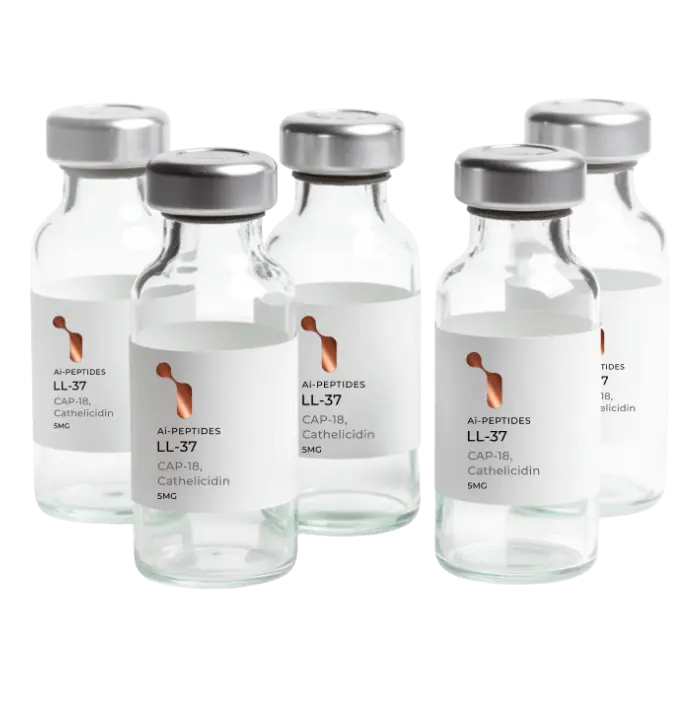Peptides for Tendon Repair Research
Tendon injuries are incredibly common, not just among athletes, but in the general population. Commonly injured tendons include the Achilles and biceps tendon as well as tendons of the hands and feet. Unlike most illnesses and injuries, however, tendon injuries are more common among the young than the old. This is counterintuitive, especially given that the cause of these injuries is cumulative degeneration followed by sudden excess loading. Few of tendon injuries are caused by systemic disease or a genetic disorder.The incidence of tendon-related injuries is on the rise, increasing almost 140% between 2012 and 2016[1]. The increase is attributed to greater amateur athletic participation, but also has roots in high rates of on-the-job injuries. For these reasons, and many others, peptides for tendon repair research have become a hot topic. Here is a look at what the state of the art is in the field of peptides for tendon repair research.
How Do Tendons Heal?
Tendons connect muscle to bone and transfer all the energy from a muscle contraction to the bones that provide structure and support. Unfortunately, tendons can be cut, bruised, sprained, or ruptured in a variety of ways. Tendon ruptures are serious and can take anywhere from four to eighteen months to heal and almost always require surgery. Even tendonitis, which is just inflammation due to minor damage, can take upwards of four months to heal.
Unfortunately, injured tendons are at higher risk of re-injury, generally because the healing process is not as orderly as when a tendon is originally formed. Tendons are not designed to regenerate, but rather are meant to last a lifetime without much change. As such, they do not possess the kind of regenerative properties (e.g., abundant stem cells) that tissues like the GI tract or skin do. What is worse, the rate at which a tendon can heal, even if the healing is limited, is almost always outpaced by the rate at which we can cause injury to it. In other words, tendon injury tends to accumulate and the more active you are, the more likely you are to experience a large-scale tendon failure.
Under the healing process, tendons first become inflamed, an immune response that causes pain and limits mobility. This stage, however, is slow to resolve because of the tendon’s poor blood supply. Eventually, however, healing gives way to the repair phase in which cells like fibroblasts proliferate and start replacing damaged tissue. This stage then gives way to remodeling, which is carried out by stem cells and various other cells. Once again, the relative dearth of nutrient supply to the tendon limits the effectiveness of these stages and accounts for the very slow rate at which tendons heal.
